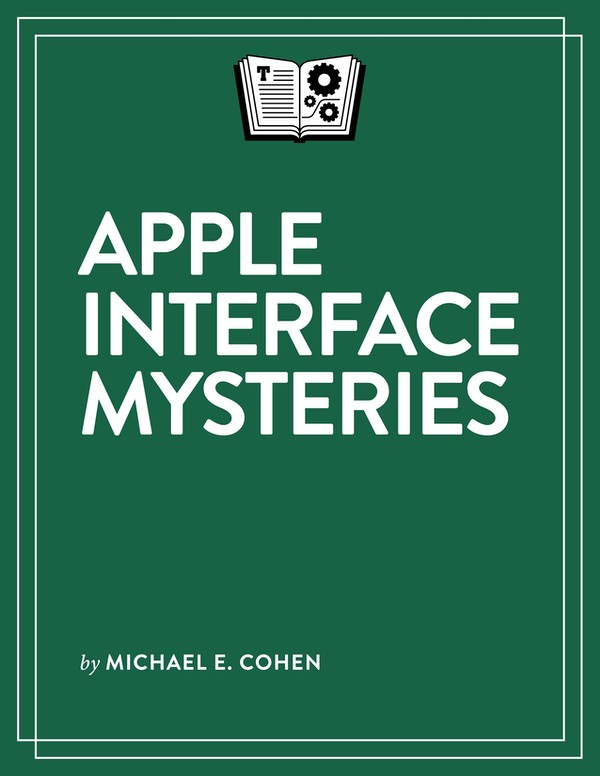Product desciption
Apple Interface Mysteries Michael E Cohen by Michael E. Cohen 9781947282544, 1947282549 instant download after payment.
Solve usability puzzles on Macs, iPhones, and iPads!Apple devices are supposed to be easy to use, and they generally are—at least for basic things. But over the years, as features have multiplied exponentially and hardware has changed dramatically, the user interfaces of Macs, iPhones, and iPads (among other Apple products) have become increasingly inscrutable. This book explores the mysteries of how and why things are the way they are now—and shows you how you can solve your own Apple usability puzzles.When Apple introduced the Mac in 1984, its novel graphical interface revolutionized the way people thought about computers. Thanks to the Mac’s graphical user interface, people quickly realized a computer could be both powerful and easy to use. That legendary ease of use, which carried on through the iPod, iPhone, iPad, and other products, helped Apple become the huge cultural force it is today.And yet, millions of people struggle to make sense of their modern Apple devices. (Indeed, that’s the whole reason Take Control Books has existed since 2003!) Users wonder how to accomplish seemingly basic tasks, where to find important menu commands, why the screen is scrolling the “wrong” way, how to type characters that aren’t on the keyboard, what gesture they can use to perform common operations on an iPhone or iPad, and why controls they want to use frequently are hidden. What happened to that ease of use, and why have Apple’s user interfaces become so…mysterious?Apple Interface Mysteries aims to answer all those questions and many more. Michael E. Cohen, who is a Certified Usability Analyst (really!) as well as the author of numerous books on Apple products, also loves a good mystery. So he has done extensive research into the evolution of Apple’s interfaces in an effort to explain how and why things are the way they are today—and more importantly, how you can find hidden controls and capabilities, solve the puzzles of Apple’s seemingly opaque interfaces, and become a happier user in the process.After an introduction to basic concepts of usability (such as affordances, or cues that tell you how to use a control), Michael takes you on a fascinating journey through mysteriously complicated Mac interfaces such as menus, keyboards, mice, and the desktop. He then turns his attention to iOS/iPadOS, discussing the unique capabilities and limitations of small-screen, touch-oriented devices, including gestures, hidden buttons, and inscrutable onscreen keyboards. The book concludes with a chapter of “crime fighting tips” that help you unravel new perplexities as you encounter them.Unlike most of our books, the title of this one doesn’t begin with the words “Take Control of….” That’s because the focus is more on why than on how to, and it makes no attempt to be exhaustive. Rather, it’s an explanation of some of the historical and technological factors that led to Apple’s current user interfaces. But don’t worry, you’ll still learn tons of practical skills—along with lots of tips about hidden or hard-to-discover features.


